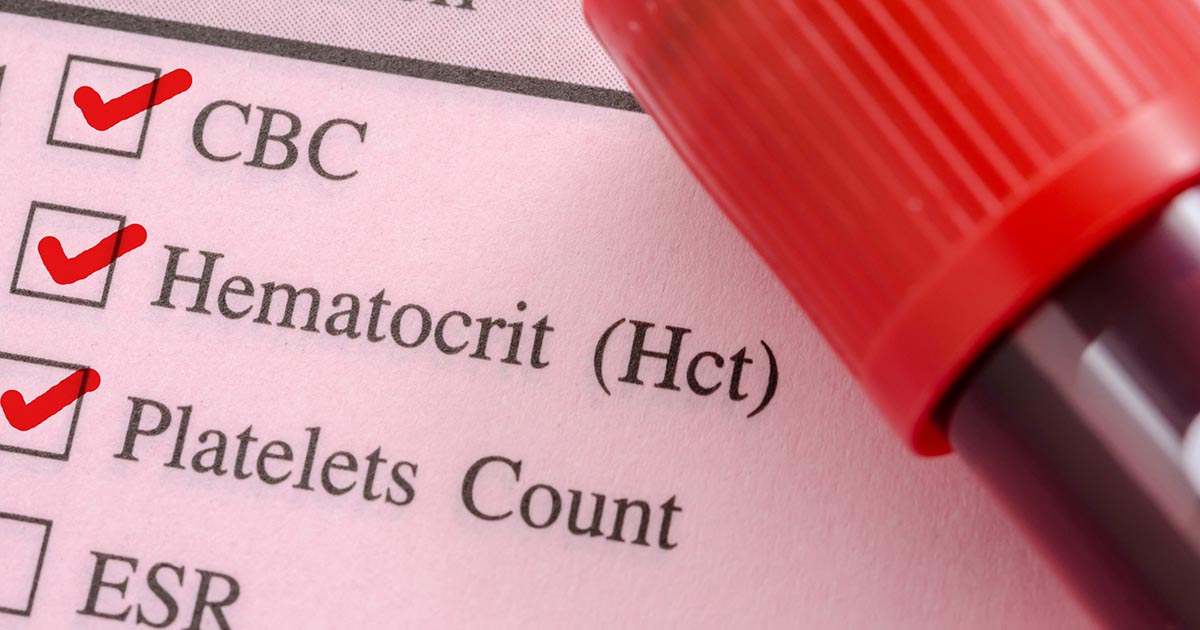Treatment For Idiopathic Thrombocytopenic Purpura
Idiopathic thrombocytopenic purpura (ITP) is caused when a person's immune system thinks their platelets are foreign bodies that must be destroyed. After the immune system attacks and destroys the platelets, individuals are much more susceptible to bleeding and bruising, as platelets are necessary for clotting. To receive a diagnosis, doctors will attempt to exclude any other potential causes of low platelet counts and bleeding. In mild cases, a person might just need to have their platelets checked regularly. Children, in particular, will usually recover without any treatment. However, severe and chronic ITP needs some form of treatment. Many potential treatment options are available. The one that suits you best will vary depending on your circumstances.
Immunosuppressants

Before prescribing any medication, your doctor will discuss the supplements and medications you're currently on. Some common supplements inhibit the function of platelets. Blood thinners like ibuprofen and aspirin are in this group. You may need to stop taking them to avoid diminishing your low platelet count even further.
Immunosuppressants tend to be the first medicated course of action. One of the most common medications is prednisone, which decreases immune system activity. When the immune system isn't so aggressively attacking your platelets, your platelet count will rise. After the platelet count has returned to a level safe for normal function, your doctor will give you directions for how to slowly discontinue the medication. This process typically takes between two and six weeks.
One potential problem is adult idiopathic thrombocytopenic purpura patients might experience relapses after they discontinue the medication. The doctor might attempt a new course, but it's not recommended to use these medications for long periods due to the serious side effect risks, which include osteoporosis, increased infection risk, high blood sugar, and cataracts.
Continue for the next method of treatment for ITP.
Medication To Boost Platelets

Your doctor might recommend a variety of different medications to boost platelets. A thrombopoietin receptor agonist is capable of helping a person's bone marrow to produce larger amounts of platelets. Two of the most commonly used medications are romiplostim and eltrombopag. As with most other medications, there are potential side effects. You might experience nausea or vomiting, dizziness, headaches, and an elevated risk of developing blood clots. If your body creates too many platelets, you might have the opposite problem; your blood might clot when it isn't supposed to, rather than bleeding when it should be clotting.
This course of action is generally used when a patient's platelet count is so low that the increased risk of clotting is negligible. If a course of corticosteroids doesn't work, a doctor might prescribe these drugs following a relapse, possibly with a second corticosteroid course. However, the corticosteroids will usually be attempted on their own, so as not to risk the potential side effects from these medications.
Keep going to learn more about treating idiopathic thrombocytopenic purpura.
Immune Globulin Injection

In cases where corticosteroids aren't helpful, your doctor might use an immune globulin injection, called an IVIG. Doctors might use this method when a patient has critical levels of bleeding, or when they need to have their blood count increased quickly before surgery. The injection's effect generally wears off after a few weeks. There are some possible side effects, including low blood pressure, vomiting, and a headache.
IVIG is often employed in critical situations in which the patient has severe internal bleeding that won't clot, severe bleeding from a wound, or other serious idiopathic thrombocytopenic purpura symptoms. Cases that necessitate emergency treatment are rare, but severe bleeding has occurred. IVIG won't be the only treatment used in the course of emergency care, however. Usually, intravenous immune globulin will be combined with an intravenous corticosteroid and transfusions of platelets.
Continue to learn about emergency treatment next.
Emergency Treatment Options

As mentioned, it is rare for an idiopathic thrombocytopenic purpura patient to be subject to severe bleeding, though there are some cases where this may happen. A deep wound might pose a problem, as could internal bleeding into any organ. In even rarer cases, menstruating women might bleed so much they become anemic. If a wound won't stop bleeding, it's an emergency medical situation. When applied pressure isn't closing the wound, you need to go to the emergency room. Another emergency situation involves major blood loss.
When a patient is admitted with a severe bleed caused by ITP, the first of the emergency treatment options is to give them platelet concentrate transfusions. The goal is to raise the patient's platelet count until their wounds can clot and bleeding can subside. Intravenous corticosteroids will also be applied to suppress the immune system. The last treatment to stabilize the platelet count will be immune globulin administered intravenously. Essentially, the emergency treatment is to give the patient intense intravenous courses of all platelet-boosting medications available.
Continue for more treatment of idiopathic thrombocytopenic purpura.
Resistant Disease Treatment

Sometimes, patients will have multiple relapses and chronic bleeding issues regardless of traditional treatments. Since corticosteroids shouldn't be used for long periods, doctors must turn to resistant disease treatment methods. There is a drug called azathioprine that has been used in idiopathic thrombocytopenic purpura treatment. However, there are potentially detrimental side effects, and the medication's efficacy hasn't been proven in any conclusive studies. It comes with potential side effects of muscle pain, nausea and vomiting, headache, and fever.
If you've exhausted all other options, your doctor might recommend a splenectomy, which removes your spleen. Your spleen is the primary organ destroying the platelets throughout your body. Immediately after the splenectomy, your platelet count will improve. However, this option isn't successful for every person. Its possible complications will occur post-surgery, and lacking a spleen will increase your potential susceptibility to infection. Your spleen is one of the main infection-fighting organs in your immune system. Splenectomy is rarely recommended for children with ITP since they usually get better without needing medications, drugs, or other treatment.